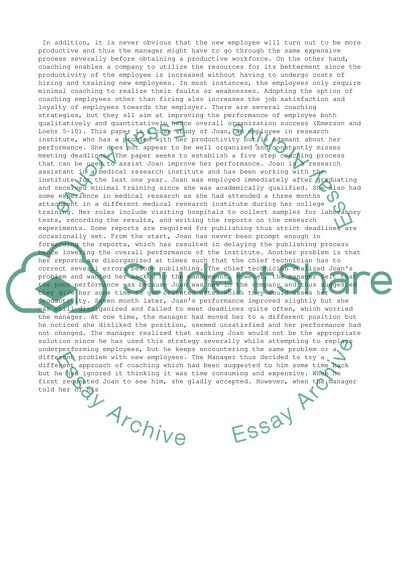Cite this document
(“Coaching Plan for Addressing a Key Employee Behavior Term Paper”, n.d.)
Coaching Plan for Addressing a Key Employee Behavior Term Paper. Retrieved from https://studentshare.org/business/1452795-coaching-plan-for-addressing-a-key-employee
Coaching Plan for Addressing a Key Employee Behavior Term Paper. Retrieved from https://studentshare.org/business/1452795-coaching-plan-for-addressing-a-key-employee
(Coaching Plan for Addressing a Key Employee Behavior Term Paper)
Coaching Plan for Addressing a Key Employee Behavior Term Paper. https://studentshare.org/business/1452795-coaching-plan-for-addressing-a-key-employee.
Coaching Plan for Addressing a Key Employee Behavior Term Paper. https://studentshare.org/business/1452795-coaching-plan-for-addressing-a-key-employee.
“Coaching Plan for Addressing a Key Employee Behavior Term Paper”, n.d. https://studentshare.org/business/1452795-coaching-plan-for-addressing-a-key-employee.


